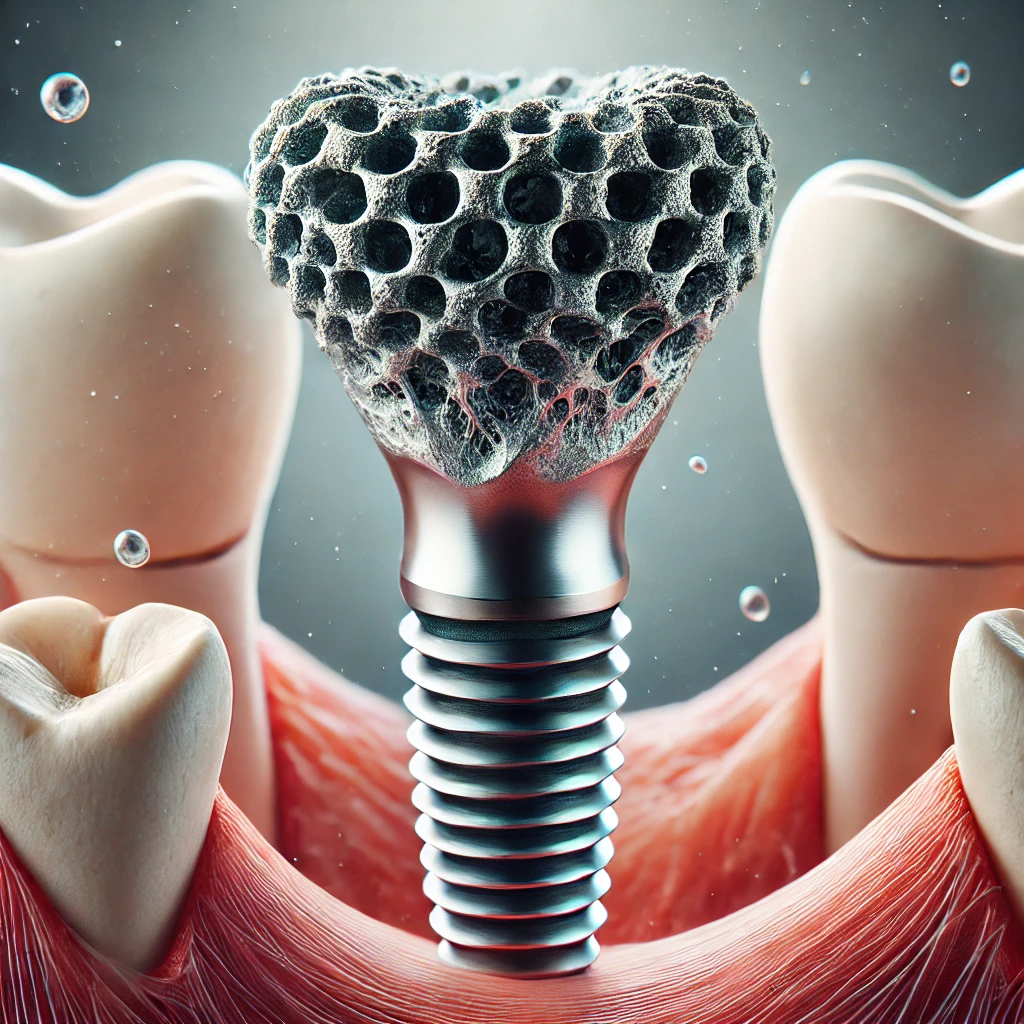Composite Coating for Titanium Implants
Introduction

- Abstract
- Claims
1. A method for preparing a composite coating on an implant comprising:
11. The method of claim 1, wherein an amount of the dispersed carbon nanoparticles included in the aqueous electrolytic solution is between 0.05% and 1.5% by total weight of the aqueous electrolytic solution and is calculated by:
mGO[g]=m r[g]·% GO
12. A method for preparing a composite coating on a titanium implant for tissue engineering comprising:
20. The method of claim 12, wherein an amount of the dispersed carbon nanoparticles included in the aqueous electrolytic solution is between about 0.05% and 1.5% by total weight of the aqueous electrolytic solution and is calculated by:
mGO[g]=m r[g]·% GO
22. The implant with a composite coating of claim 21, wherein an amount of the dispersed carbon nanoparticles included in the aqueous electrolytic solution is between about 0.05% and 1.5% by total weight of the aqueous electrolytic solution and is calculated by:
mGO[g]=m r[g]·% GO
Share
Title
Method for obtaining a composite coating on titanium implants for tissue engineering
Inventor(s)
Bartlomiej Wysocki, Danuta Leszczynska, Wojciech Swieszkowski, Krzysztof Jan Kurzydlowski
Assignee(s)
Jackson State University
Patent #
20170088969
Patent Date
March 30, 2017
